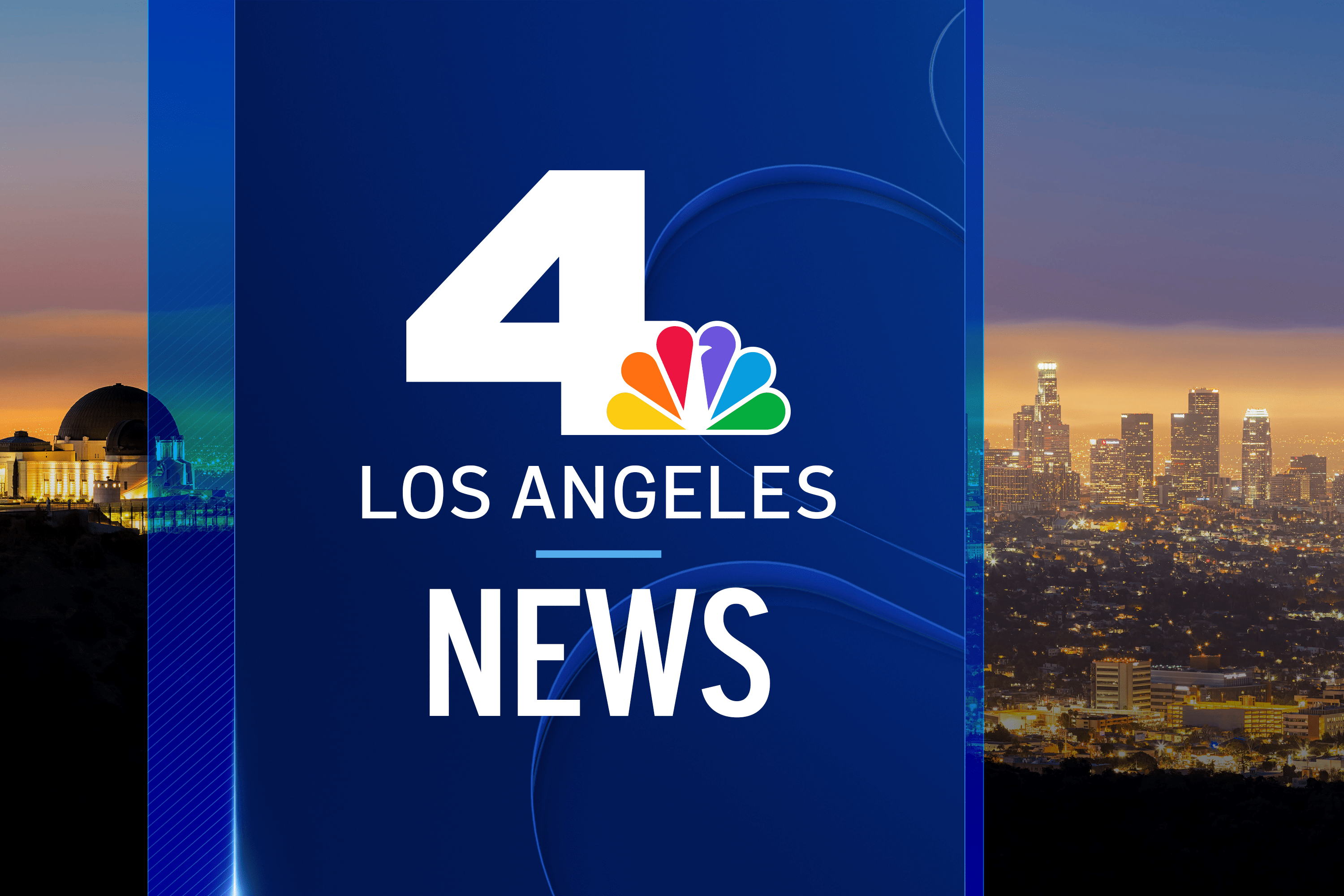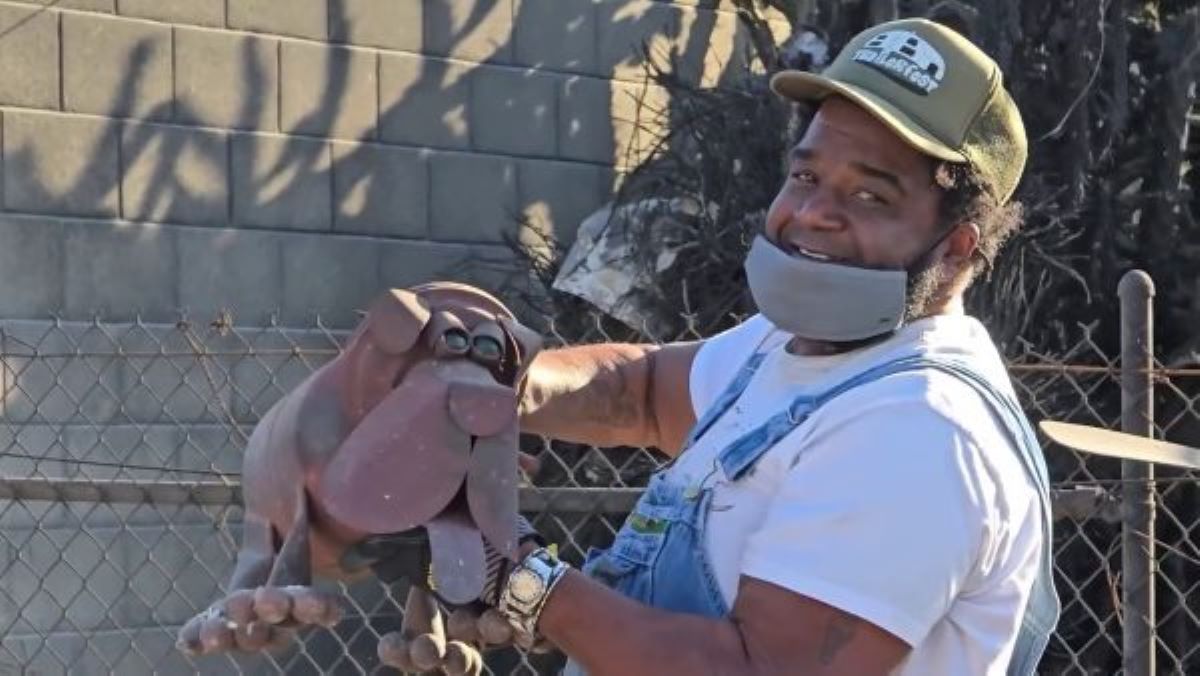A lawsuit has recently been filed against Trinity, by the family of Jose Diance. The suit claims Diance died as a result of grave injuries sustained in a crash involving an ET Plus. Robert Kovacik reports for the NBC4 News at 11 on Monday, Feb. 22, 2016.
Caltrans has no plans to remove any of the 3,600 Trinity guardrail end-treatments along California freeways.
Trinity's "ET Plus" has come under nationwide scrutiny following a design change. Recently, the Virginia Department of Transportation announced they would be removing and replacing the ET Plus from its high speed roadways.
Despite suspending purchases of new ET Plus units, Mark Dinger, a Caltrans spokesman, says at this time, they have "no reason to think safety is being compromised."
Meanwhile, a lawsuit has recently been filed against Trinity, by the family of Jose Diance. The suit claims Diance died as a result of grave injuries sustained in a crash involving an ET Plus.

"I see this doctor coming, with his head down. All I remember him saying is: 'Sorry, there was nothing I could do for him,'" recalled Maria Diance, of the day her son died.
She still weeps for the death of her 23-year-old son.
"He was still responding on his way to the hospital. He was asking for his father in Spanish to help him," she said.
News
Top news of the day
Diance, a nurse, is tormented by the thought of her boy bleeding on the side of the road, alone.
"I was not there to try to give him CPS. To help him. Maybe I could have done something."
It was 3:20 in the morning on April 23, 2011 when Jose Diance, an off duty LAPD officer was driving under the speed limit, and under the influence, when he crashed into a guardrail at the Van Nuys Boulevard exit on the 101 Freeway.
"Would the injury have been as significant if a different guard rail had been in place?" asked attorney James Morris.

According to police and coroner's reports, Diance's Ford F-150 was "impaled" by the guardrail, which passed through the engine and struck Diance with such force he was ejected from the truck, still in his seat.
"This place here, the end-terminal, is where the problem occurs," Morris said, pointing to the yellow and black striped rectangular end piece of a guardrail.
"If it had operated properly it never gets inside the cabin of the car, but as modified, it has the capacity to shoot through the engine block," Morris said.
Morris' firm represents seven families in negligence lawsuits against guardrail manufacturer Trinity Industries.
He claims that between 2000 and 2005, Trinity changed specific dimensions of their end-terminal, known as the ET Plus.
"For them to think you can change the specifications and it's not going to have any impact belies even the most simple engineering principles," Morris said.
The lawsuit calls the modified device "defective and unreasonably dangerous."
"Because it doesn't flatten out and absorb the impact as it should. Instead, it becomes a spear or a harpoon that can kill anyone in its way," he said.
Morris says Trinity never notified the Federal Highway Administration of these changes, as required, and that it was not sufficiently crash tested.
Trinity Industries spokesman Jeff Eller adamantly disagrees.
"It's the most crash-tested end-terminal system on the road today," adding, "If it's installed correctly and if it's repaired correctly, it will perform as it is designed." (Highway safety equipment is purchased by, maintained and repaired by state Department of Transportation.)
Crash tests are used by the Federal Highway Administration to determine what products are available to states for reimbursement by the federal government. Caltrans only buys equipment on this list.
"The ET Plus has an unbroken chain of eligibility. It has been on the Federal Highway Administration's approved-for-reimbursement since it was introduced," Eller said.
In October 2014, a Texas jury found Trinity made fraudulent claims in order to remain eligible for federal reimbursement.
Eller insists it was just an administrative oversight.
"That was a federal court case about paperwork filed with the Federal Highway Administration," Eller said. "It was not a court verdict on whether the ET Plus is safe or not."
The next day, the Federal Highway Administration ordered more crash testing.
To date, Federal Highway Administration confirms the ET Plus has met the criteria for all their crash tests, but the testing process has come under scrutiny.
In late 2014, California banned any new installation of the ET Plus.
"Out of an abundance of caution, when Caltrans first heard of safety issues with that product, we put a moratorium on the installations of any new or replacement ET Plus (guardrail) end treatments," agency spokesman Mark Dinger said.
That moratorium is still in effect. But what about units already installed?
NBC4 obtained the Caltrans inventory, and for the first time we know the exact locations of more than 3600 ET Plus units along California freeways.
To put that in perspective, 3600 hundred end treatments represent about 9 1/2 percent of all California guardrail end-treatments.
For example, along the 405 Freeway in LA, there are 102 ET Plus unit. On the 10 Freeway in Riverside County, there are 134, and on the 15 Freeway in San Bernardino there are 198.
"Are you going to allow that amount of risk to exist on your highways and just hope that nobody gets hurt?" asked attorney James Morris.
The Virginia Department of Transportation recently hired an independent firm to conduct crash tests, on their behalf. (All crash testing is done by independent third parties.) Virginia decided to remove and replace the ET Plus from highly trafficked, high-speed roadways. Caltrans has no plans for any self funded testing, or removing of the ET Plus. "If we had a concern about the safety of this product we would pull it off California highways immediately," spokesman Mark Dinger said.
At one point, more than 40 states had suspended purchase of the ET Plus, but Trinity Industries spokesman Jeff Eller said that business is coming back and cautions that many circumstances affect crashes.
"Let me clear, because they were injured does not mean the product was defective," he said.
As for the Diance case, Trinity doubts Diance crashed into one of their guardrails.
"As this lawsuit goes forward, we can find what really happened here and in fact was there or was there not a guardrail manufactured by Trinity involved in this accident," Eller said.
That question remains unanswered. Diance's attorneys are not in possession of the end-treatment, and CalTrans did not keep a detailed inventory at the time.
Meanwhile, four years later Maria Diance said she still expects to see her son walk into the kitchen, kiss her on the cheek and ask what she's cooking.
"Every day," she said, pointing to her heart. "I feel him right here."



